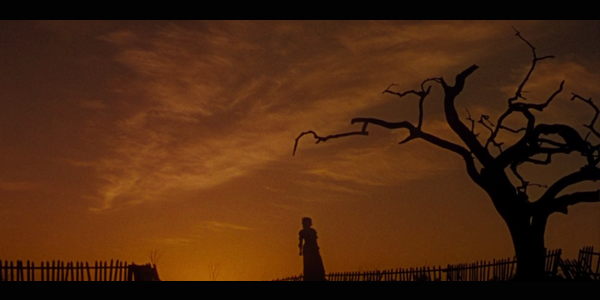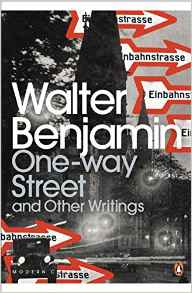
I have just completed a one day mosaic course with an artist called Jane Visick based in Hitchin in Hertfordshire.
It was a great experience and something I believe that I can incorporate with my photography. Jane works with all kinds of materials, glass, ceramic, stone, metal, gems, plastics, resins practically anything you can cut up and glue down. She mosaics floors pots, walls anything and anywhere. I want to use my photography to inspire ideas for images to mosaic.
The course consists of a practical workshop in which the student will have made a small mosaic to take home the course is for 1-3 and I was in fact her only student for my day with her. During my initial conversation I suggested that I send her some ideas for my mosaic and for her to advise which if any was suitable to be completed in a day. I looked through my photo library and offered up these images.
Jane suggested that all the fish and the flowers were possible and I decided upon a fish image and this was the chosen image to use for my mosaic.

This was a blown up section of a larger picture. All the fish pictures were taken using my Nikon D-800e 24-120 f/4 with an attached polarizing filter and the aid of a speedlite. I chose this image for its movement colour and shape made by the water.
On arriving Jane briefed me on the tools and materials she used and books to read an in fact by coincidence her best book to recommend that I obtain, I had already placed on order through Amazon.

We began by deciding on the materials to use and glass was the decision and she then showed me the Technics of cutting glass to shape. We then took my printed photo and laid it with a layer of carbon-paper on to the chip-board base to wish I was going to mosaic and using a pencil I drew around my fish and areas of different colours pressing so that the carbon paper below marked the chip-board with my desired design. Removing the photo and paper I now had my design to mosaic. We then selected the coloured glass and I began cutting up the glass until I had about a dozen small pieces to start choosing and gluing.
I was surprised to get the mosaic finished by the end of the day with only the grouting left to do and Jane provided me with a bag of grout to take home and this is the final result of my labors.
For a first effort I am very pleased and encouraged. The mosaic was photographed on the floor inside a homemade light-tent of tracing-paper rolled in to a cone shape with the camera mounted on a tripod above and illuminated by three speedlights operated by infrared controller mounted to the camera. the green glass is a stain-glass and is a mix of green and a white opaque which was perfect to represent the water of a pond. I chose to use a light-tent to create an even lighting without any annoying reflections. I am pleased with the result as it is a good reproduction of the actual mosaic.

























